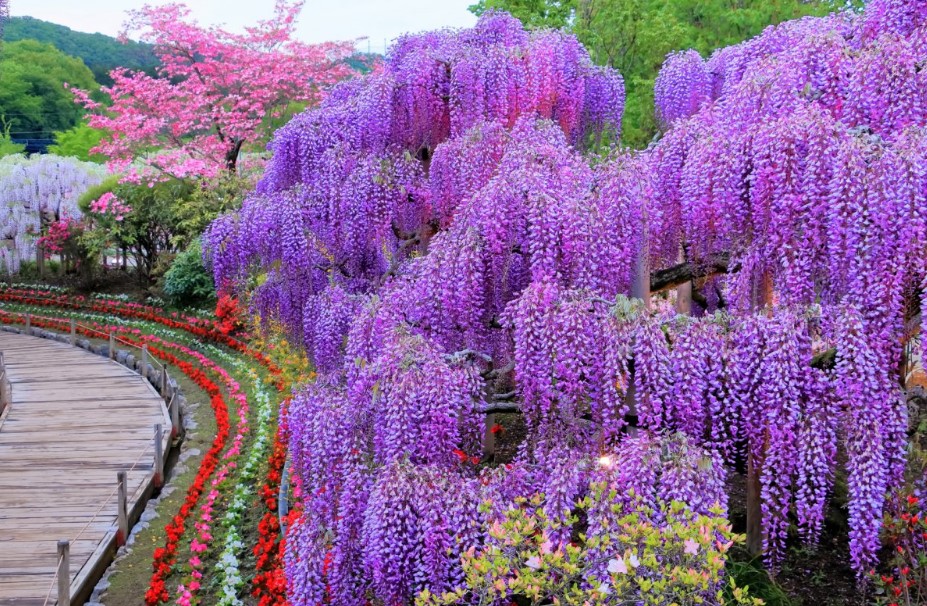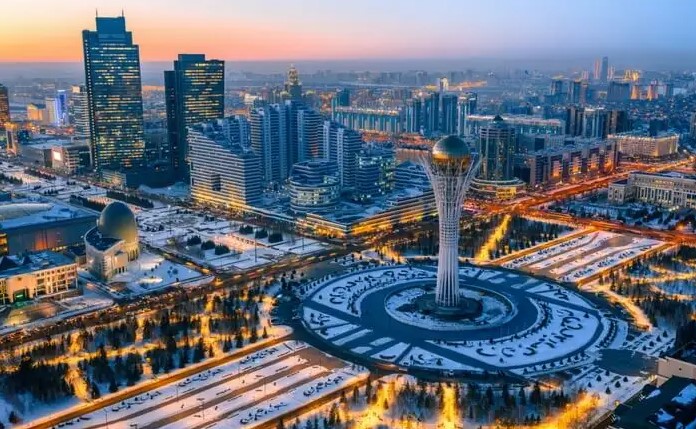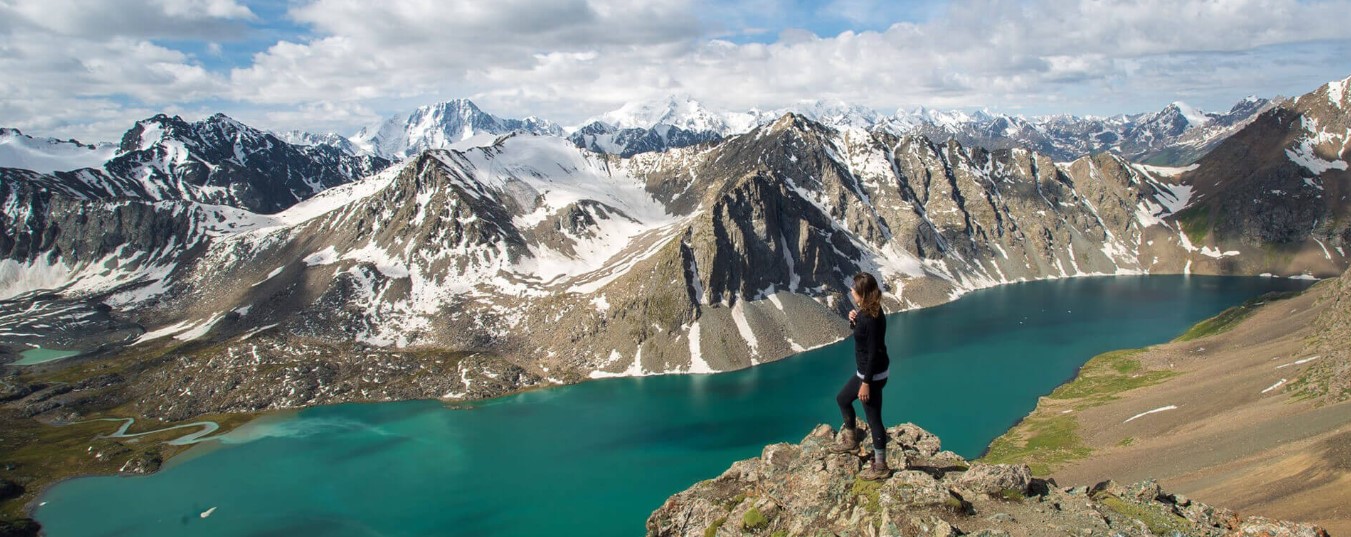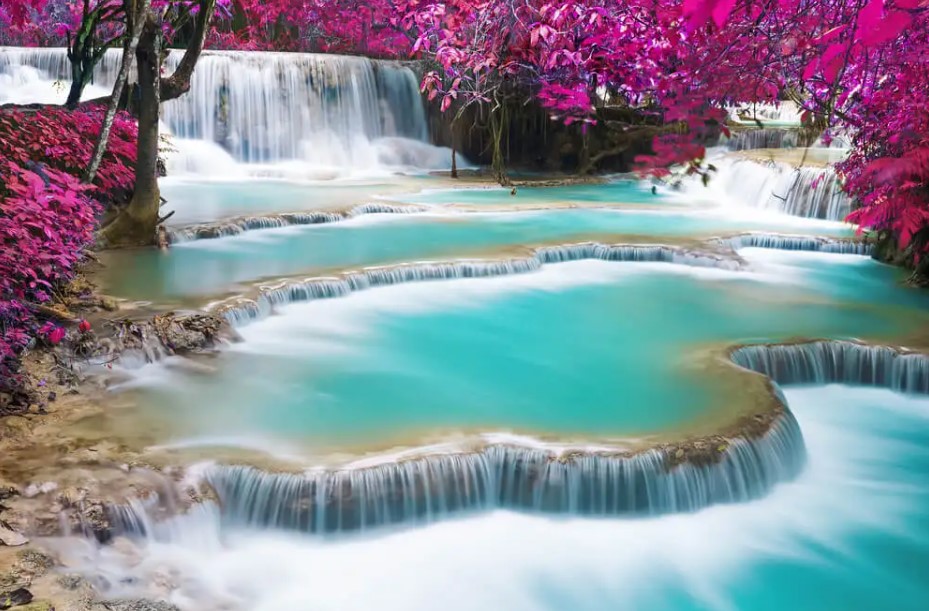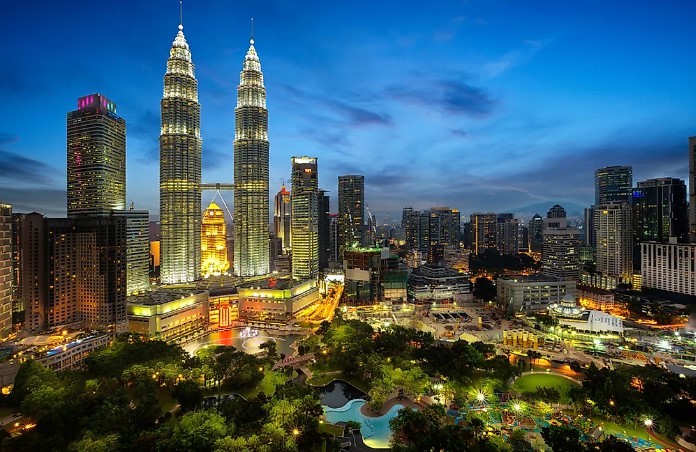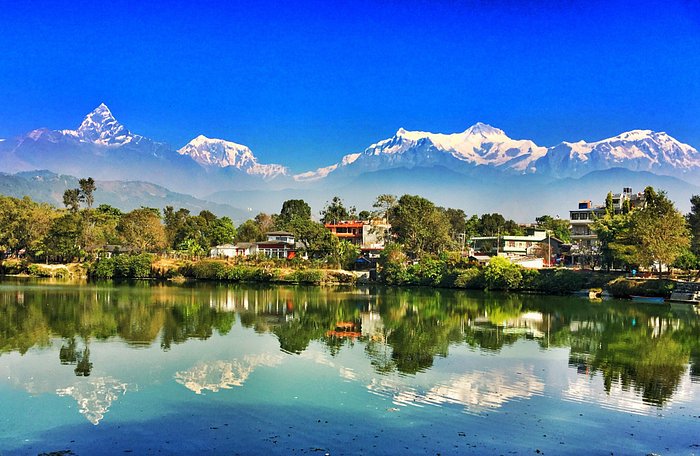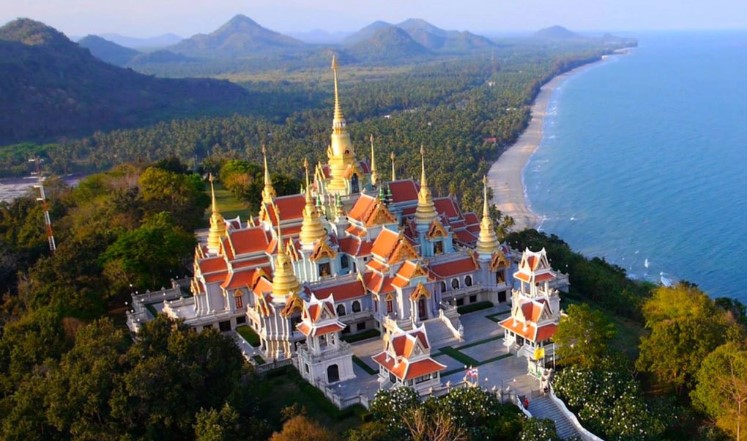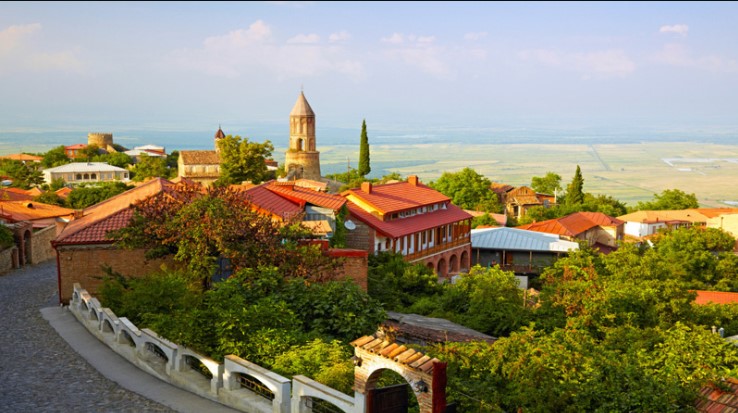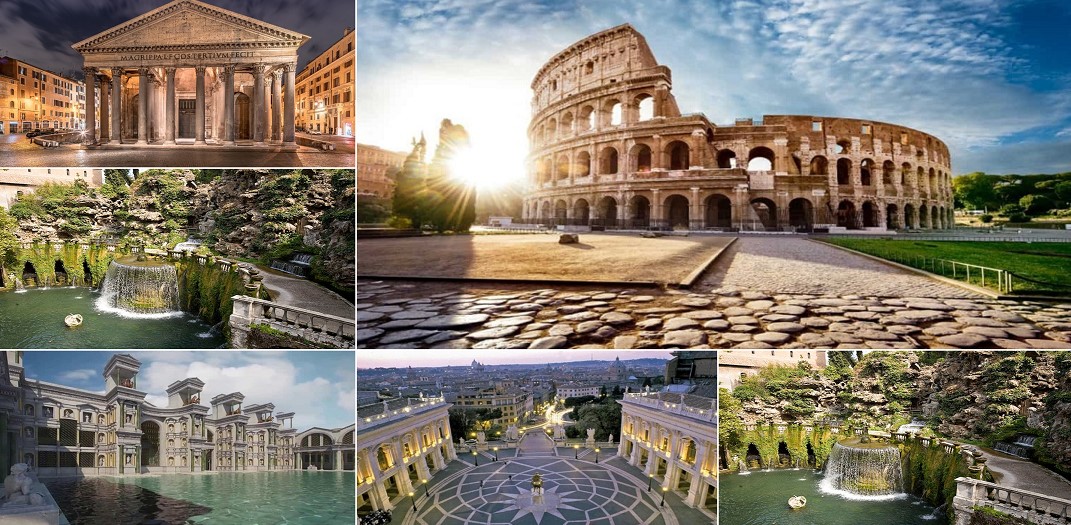Places to Visit in Tibet
Tourist Places & Attractions
Discover the 25 Best Places to Visit in Tibet, Tourist Places & Attractions, and experience the breathtaking beauty and cultural richness of this enchanting region. From the majestic Potala Palace to the serene Yamdrok Lake, this article will guide you through an unforgettable journey.
Tibet, also known as the "Roof of the World," is a land of mystical beauty, spiritual richness, and awe-inspiring landscapes. It boasts a unique cultural heritage, making it a dream destination for travelers seeking a spiritual and adventurous experience. In this article, we will explore the 25 Best Places to Visit in Tibet, Tourist Places & Attractions, providing you with detailed insights into each destination and what makes them special. Whether you're an intrepid traveler, a nature lover, or a spiritual seeker, Tibet has something to offer for everyone.
25 Best Places to Visit in Tibet, Tourist Places & Attractions
1. Potala Palace
The Potala Palace stands as a magnificent symbol of Tibetan architecture and culture. This UNESCO World Heritage Site was the former winter residence of the Dalai Lama and holds deep historical and religious significance. Perched on Marpo Ri Hill in Lhasa, it offers breathtaking views of the surrounding landscapes. Visitors can explore its intricate murals, sacred halls, and ancient artifacts that take them back in time to Tibet's glorious past.
2. Jokhang Temple
Situated in the heart of Lhasa, Jokhang Temple is one of Tibet's most sacred sites and a significant pilgrimage destination for Buddhists. The temple houses the revered Jowo Shakyamuni Buddha statue, attracting pilgrims from all over the world. The vibrant Barkhor Street surrounding the temple is a bustling marketplace where you can find unique souvenirs and immerse yourself in the local culture.
3. Mount Everest Base Camp
Embark on a thrilling adventure to the Everest Base Camp, located on the northern side of the world's highest peak. The journey to the base camp offers awe-inspiring views of Everest's majestic north face and the surrounding Himalayan peaks. This once-in-a-lifetime experience allows you to witness the unparalleled beauty of the Tibetan landscape.
4. Namtso Lake
Known as the "Heavenly Lake," Namtso is one of the three sacred lakes in Tibet. The crystal-clear waters, set against a backdrop of snow-capped mountains, create a surreal and picturesque landscape. Camping by the lakeside under a star-studded sky is an unforgettable experience for nature enthusiasts.
5. Mount Kailash
Considered sacred by four major religions, Mount Kailash is a place of spiritual significance and pilgrimage. Its unique pyramid-like shape and remote location make it a challenging yet spiritually rewarding trek for devout pilgrims and adventurous hikers alike.
6. Yamdrok Lake
Yamdrok Lake's turquoise waters and surrounding snow-capped peaks present a stunning natural spectacle. The lake is revered by Tibetans as a spiritual and sacred place, making it an essential stop for travelers seeking cultural and natural experiences.
7. Sera Monastery
As one of the three great monasteries of Tibet, Sera Monastery offers a glimpse into the lives of Buddhist monks and the rich monastic traditions. Witness the famous debates among the monks and explore the intricate murals and scriptures within its walls.
8. Norbulingka Palace
Known as the "Jewel Park," Norbulingka Palace served as the summer residence of the Dalai Lama. It features beautiful gardens, colorful murals, and a serene atmosphere that allows visitors to connect with Tibetan history and aesthetics.
9. Ganden Monastery
Ganden Monastery, perched on Wangbur Mountain, is one of the oldest and largest monasteries in Tibet. Its strategic location offers stunning panoramic views of the surrounding Kyi-chu Valley. Visitors can partake in the annual Ganden Thangka Festival, a vibrant celebration of Tibetan culture.
10. Tashilhunpo Monastery
Home to the Panchen Lama, Tashilhunpo Monastery in Shigatse is a treasure trove of Tibetan art and architecture. The stunning 26-meter-high Maitreya Buddha statue is a sight to behold, and the vibrant cham dance performances during festivals captivate spectators.
11. Sakya Monastery
Famed for its unique architectural style, Sakya Monastery boasts impressive murals, scriptures, and statues. It played a pivotal role in Tibet's history, and a visit here provides valuable insights into the region's religious and cultural heritage.
12. Rongbuk Monastery
As the highest monastery globally, Rongbuk offers a surreal experience amid the towering Himalayas. From here, travelers can witness mesmerizing views of Mount Everest and feel a sense of spiritual awakening amidst nature's grandeur.
13. Gyantse Kumbum
The Gyantse Kumbum is a remarkable stupa known for its exquisite artwork and religious significance. It is a marvel of Tibetan Buddhist architecture and is a must-visit destination for history and art enthusiasts.
14. Barkhor Street
The bustling Barkhor Street, encircling the Jokhang Temple, is a shopper's paradise. It offers a myriad of traditional Tibetan crafts, religious artifacts, and unique souvenirs, making it the ideal place to experience the local culture.
15. Shalu Monastery
Shalu Monastery is renowned for its ancient frescoes that showcase the fusion of Tibetan and Chinese art styles. A guided tour through the monastery's various halls offers a glimpse into the region's cultural diversity.
16. Mount Cho Oyu
Known as the "Turquoise Goddess," Mount Cho Oyu is the sixth-highest mountain in the world. For experienced mountaineers, climbing Cho Oyu presents an exhilarating challenge and rewards with breathtaking views from its summit.
17. Phuntsoling Monastery
Phuntsoling Monastery is a hidden gem tucked away in the serene Tibetan countryside. Its remote location offers a peaceful retreat for those seeking spiritual solace and a closer connection with Tibetan Buddhism.
18. Pelkor Chode Monastery
The Pelkor Chode Monastery in Gyantse stands as a remarkable architectural wonder with a fusion of different styles. It houses a vast collection of ancient scriptures and religious artifacts that hold cultural and historical significance.
19. Mount Shishapangma
As the only 8,000-meter peak located entirely in Tibet, Mount Shishapangma allures mountaineers from across the globe. Climbing this majestic peak provides an adrenaline-pumping adventure and a chance to conquer one of the world's highest summits.
20. Guge Kingdom Ruins
Delve into Tibet's past by exploring the ancient ruins of the Guge Kingdom. These ruins offer a glimpse into the region's lost civilization and are a treasure trove for history enthusiasts.
21. Zanda Clay Forest
The Zanda Clay Forest's unique landscape, formed by wind and water erosion, resembles a petrified forest. This surreal terrain is unlike anything you've seen before and presents an extraordinary photo opportunity.
22. Changtang Nature Reserve
Home to diverse wildlife, including the elusive snow leopard, Changtang Nature Reserve is a haven for wildlife enthusiasts and nature lovers. Explore the vast grasslands and encounter rare species in their natural habitat.
23. Mount Naimonanyi
As the highest peak of the Lhagoi Kangri mountain range, Mount Naimonanyi offers a challenging trek with stunning panoramic views and an unforgettable experience in the wilderness.
24. Yarlung Tsangpo Grand Canyon
Known as the world's deepest canyon, Yarlung Tsangpo Grand Canyon offers an epic adventure for thrill-seekers and nature enthusiasts. Rafting through its rapids is an adrenaline-filled experience, surrounded by untouched beauty.
25. Yamzhog Yumco
Yamzhog Yumco, also called "Swan Lake," is another picturesque sacred lake in Tibet. Its tranquil waters reflect the snow-capped peaks, creating a serene ambiance that touches the soul.
Essential tips on planning your trip to Tibet and safety tips to make your travel experience memorable and secure
Discover 5 essential tips on planning your trip to Tibet and 5 safety tips to make your travel experience memorable and secure. Get expert insights and practical advice for an unforgettable journey. Embarking on a journey to Tibet, often called the "Roof of the World," is a dream for many travelers. With its awe-inspiring landscapes, rich cultural heritage, and spiritual significance, Tibet offers a once-in-a-lifetime adventure.
However, planning a trip to Tibet requires careful consideration and attention to detail. In this comprehensive guide, we will walk you through five crucial tips on planning your trip and five essential safety tips to ensure a smooth and secure travel experience. Whether you're a seasoned traveler or a first-timer, this section is your ultimate resource for exploring Tibet to the fullest.
5 Tips How to Plan Your Trip to Tibet
Understanding the Travel Permits and Regulations
Tibet is an autonomous region of China, which means it has specific entry requirements and regulations for foreign travelers. Before embarking on your journey, you need to obtain the necessary travel permits. The primary permit is the Tibet Travel Permit, which allows you to enter the region. Additionally, if you plan to visit restricted areas or Mount Everest Base Camp, you will need an Alien's Travel Permit and a Border Pass. Ensure that you apply for these permits well in advance through a registered travel agency in Tibet.
Choosing the Right Time to Visit
Tibet experiences diverse climates throughout the year, and the best time to visit depends on your preferences and interests. The peak tourist season falls between April and October when the weather is milder and most areas are accessible. However, this is also when tourist attractions are crowded. If you prefer a quieter experience, consider visiting during the shoulder seasons of spring or autumn. Winter is less crowded, but some areas may be inaccessible due to heavy snowfall.
Preparing for High Altitude
Tibet's high altitude is one of its most distinctive features, but it can also pose challenges for travelers. The average elevation is over 4,000 meters (13,000 feet), and some places, like Lhasa, are even higher. To acclimatize to the high altitude, it's essential to take it slow during the first few days of your trip. Stay hydrated, avoid strenuous activities, and listen to your body. Consulting with a healthcare professional before your journey can also be helpful, especially if you have any pre-existing medical conditions.
Immersing in Tibetan Culture
Tibet boasts a unique and vibrant culture deeply rooted in Buddhism. To make the most of your trip, take the time to immerse yourself in Tibetan customs and traditions. Visit ancient monasteries and temples, join a traditional Tibetan festival, and interact with friendly locals. Respect the religious practices and local customs while visiting sacred sites. Learning a few basic phrases in Tibetan will also enhance your travel experience and show your appreciation for the local culture.
Exploring Top Tourist Attractions
Tibet is home to several must-visit attractions that will leave you in awe. From the iconic Potala Palace in Lhasa to the serene Yamdrok Lake and the mystical Mount Kailash, each destination has a unique charm. Take the time to plan your itinerary carefully and ensure you cover the most renowned sites. Hiring a knowledgeable local guide will enrich your understanding of the history and significance of these landmarks.
5 Safety Tips for Traveling in Tibet
Dressing Appropriately for the Climate
Tibet's weather can be unpredictable, so it's crucial to pack clothing suitable for varying conditions. Layering is key to staying comfortable throughout the day. Even during the summer, temperatures can drop significantly at night. Don't forget to pack a warm jacket, hat, gloves, and a good pair of walking shoes. Additionally, keep in mind that Tibet receives intense sunlight due to its high altitude, so packing sunscreen and sunglasses is essential.
Using Bottled or Boiled Water
While Tibet offers stunning landscapes and natural beauty, the tap water is not safe for drinking. To stay hydrated, always use bottled or boiled water. Your hotel or guesthouse will usually provide boiled water, which you can store in a reusable bottle. Avoid adding ice to your drinks, as the ice may be made from tap water. Staying hydrated is crucial for acclimatizing to the high altitude and preventing altitude sickness.
Traveling with a Reputable Tour Operator
To ensure a safe and enjoyable trip, it's advisable to travel with a reputable tour operator. A reliable operator will handle all the necessary permits, accommodations, and transportation, reducing any potential travel-related stress. Read reviews and testimonials from previous travelers to select a trustworthy agency. A knowledgeable guide will enhance your experience and provide valuable insights into the local culture and attractions.
Being Mindful of Altitude Sickness
Altitude sickness, also known as acute mountain sickness (AMS), can affect travelers at high elevations. Symptoms include headache, dizziness, nausea, and shortness of breath. To minimize the risk of AMS, acclimatize gradually and avoid overexertion. If you experience severe symptoms, descend to a lower elevation immediately and seek medical attention. Many hotels and guesthouses in Tibet have oxygen supplies to assist guests in case of altitude-related discomfort.
Respecting Local Customs and Traditions
Tibetans are warm and welcoming, and showing respect for their customs and traditions is essential. When visiting monasteries and temples, follow the dress code and guidelines for photography. It's polite to walk clockwise around religious structures and to refrain from touching sacred objects. Ask for permission before taking pictures of locals, as some may prefer not to be photographed. Respectful behavior fosters positive interactions and leaves a lasting impression.
FAQs
What is the best time to visit Tibet for sightseeing?
Tibet is best visited between April and October when the weather is relatively mild and stable. Avoid visiting during the winter months due to harsh weather conditions.
Do I need a permit to travel to Tibet?
Yes, all foreign travelers require a Tibet Travel Permit, also known as the Tibet Entry Permit, to visit Tibet. It is essential to arrange this permit through a registered travel agency.
How should I prepare for high-altitude travel in Tibet?
Proper acclimatization is crucial when traveling to Tibet due to its high altitude. Take it easy for the first few days, stay hydrated, and avoid strenuous activities to minimize the risk of altitude sickness.
Can I travel independently in Tibet?
No, foreign travelers are not allowed to travel independently in Tibet. They must join a guided tour organized by a licensed travel agency.
Is it possible to witness a traditional Tibetan festival?
Yes, Tibet hosts numerous vibrant festivals throughout the year. The Tibetan New Year (Losar) and Saga Dawa Festival are some of the most significant celebrations.
What are the transportation options for traveling within Tibet?
Tibet offers various transportation options, including trains, buses, and private vehicles. The Qinghai-Tibet Railway is a popular choice for reaching Lhasa, while buses and jeeps are commonly used for intercity travel.
Note: Exploring the 25 Best Places to Visit in Tibet, Tourist Places & Attractions, promises an unforgettable journey filled with awe-inspiring landscapes, cultural richness, and spiritual experiences. From the iconic Potala Palace to the remote Mount Kailash, Tibet offers a unique blend of adventure, spirituality, and natural beauty. Remember to respect the local culture, obtain the necessary permits, and prepare for high-altitude travel to make the most of your Tibetan adventure.














